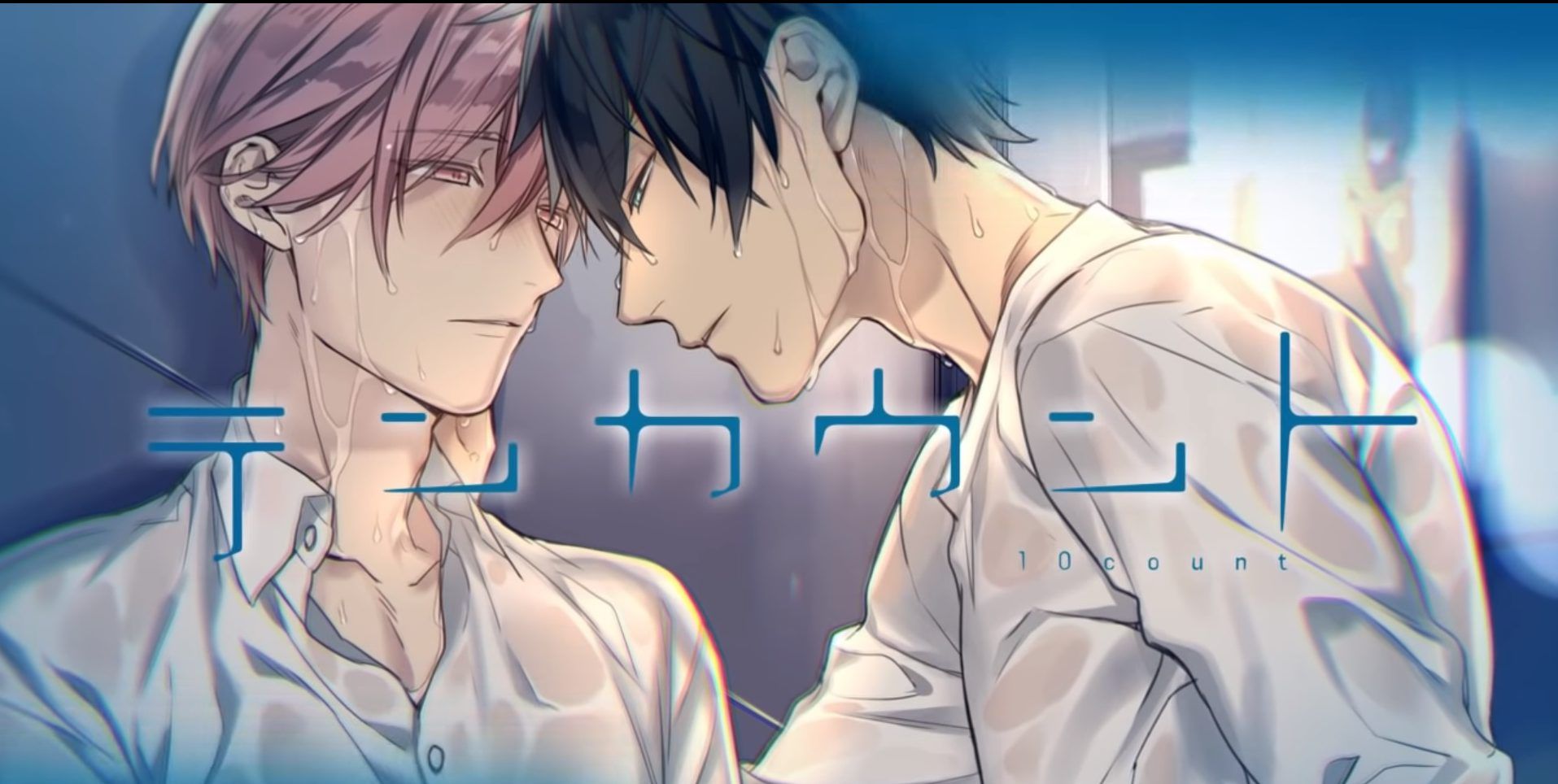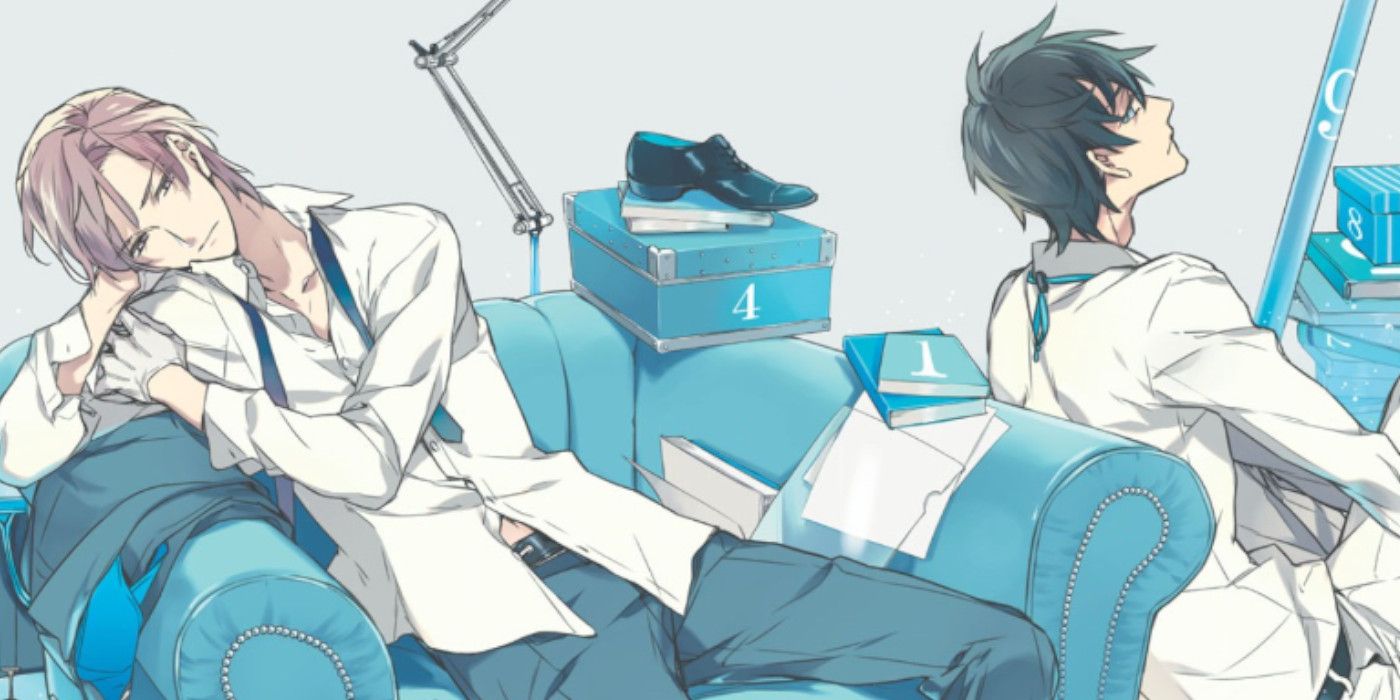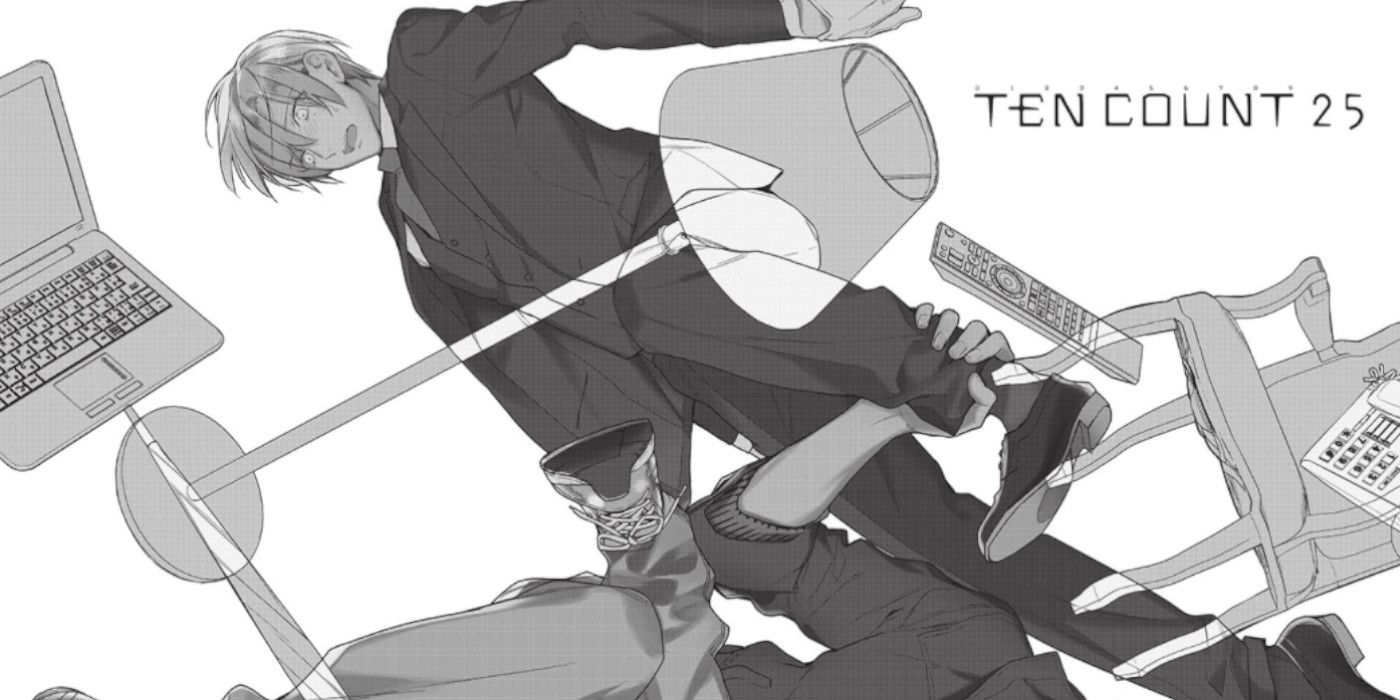Boys Love has been going through a renaissance recently, with many new series pushing the genre in new directions as well as giving many older titles their time in the spotlight, allowing a whole new audience to experience this oft-maligned genre. One such title is Ten Count, a series that breaks several boundaries with its unique story.
Written and illustrated by Rihito Takarai, the series began in the magazine Dear+ in 2013. The manga quickly became popular, running until 2017. It has since been released as six collected volumes. Its popularity led to it getting two spin-off videogames and an anime. Originally this anime was meant to come out in 2020 but was pushed back to 2021. This means that now is the perfect time to dive into Ten Count so you can be ready for the anime's release.
Ten Count follows Tadaomi Shirotani, a man who suffers from severe mysophobia, a fear of germs. This fear utterly paralyzes him and struggles to function in public. In the hope of getting past his problems, he goes to a therapist named Riku Kurose. Kurose suggests that Shirotani try exposure therapy to help him manage and overcome his trauma. As part of this, Kurose has Shirotani write a list of ten things he wants to do but can't. While at first Shirotani makes good progress on his list, problems soon arise when Kurose tries to call off their therapy sessions, admitting he has developed a crush on Shirotani. However, Shirotani insists on continuing, and the pair continue with therapy while also entering a sexual relationship, forcing Shirotani to dive deep into the causes of his issues.
Obviously, such a relationship would be highly unethical in real life. However, Boys Love media has always focused on unusual, uneasy or ethically murky relationships. But this isn't unique to the genre. Many mainstream, heterosexual romance novels and romcoms feature relationships and actions that would be horribly unethical in the real world. But that's part of the appeal of the genre. They offer us a glimpse into a world where the usual rules can be ignored and the forbidden, while still murky, can be enjoyed as a fantasy.
It isn't hard to see why fans adore Ten Count. The art is beautiful, and it deftly captures each character's emotions and the lingering anxiety and tension they both feel. On top of this, the environments are well done, feeling alive and lived in as they're used to wordlessly convey both the characters' complicated feelings and the anxiety Shirotani feels when confronted with potentially dirty locations. The story is also gripping, featuring plenty of ups, downs and tender moments. The path of love doesn't run smoothly, but all of the issues the couple face make sense and build on their characterization. This isn't a romance series that relies on wild out-of-character moments to generate suspense or conflict, making Ten Count a cut above many other titles in the genre.
Another popular element of this series is how Tadaonmi's mental illness is handled. While Ten Count isn't a totally accurate or unproblematic depiction of OCD or the therapeutic process, it does get closer than most other titles, especially as it never plays the condition for laughs. One of the most praised elements is the fact that Kurose, the therapist, is the one who develops the crush. It is rare to see a story where the mentally ill character is portrayed as attractive and desirable. So having the relationship blossom this way is pretty unique.
Ten Count pushes the boundaries and creates a unique experience that stands out amongst the Boys Love crowd. Thanks to its beautiful art and compelling central relationship, it's hard to put Ten Count down once you've started. Hopefully, its time in the spotlight will mean that more people get to enjoy this well-crafted tale of anxiety, lust and love.



